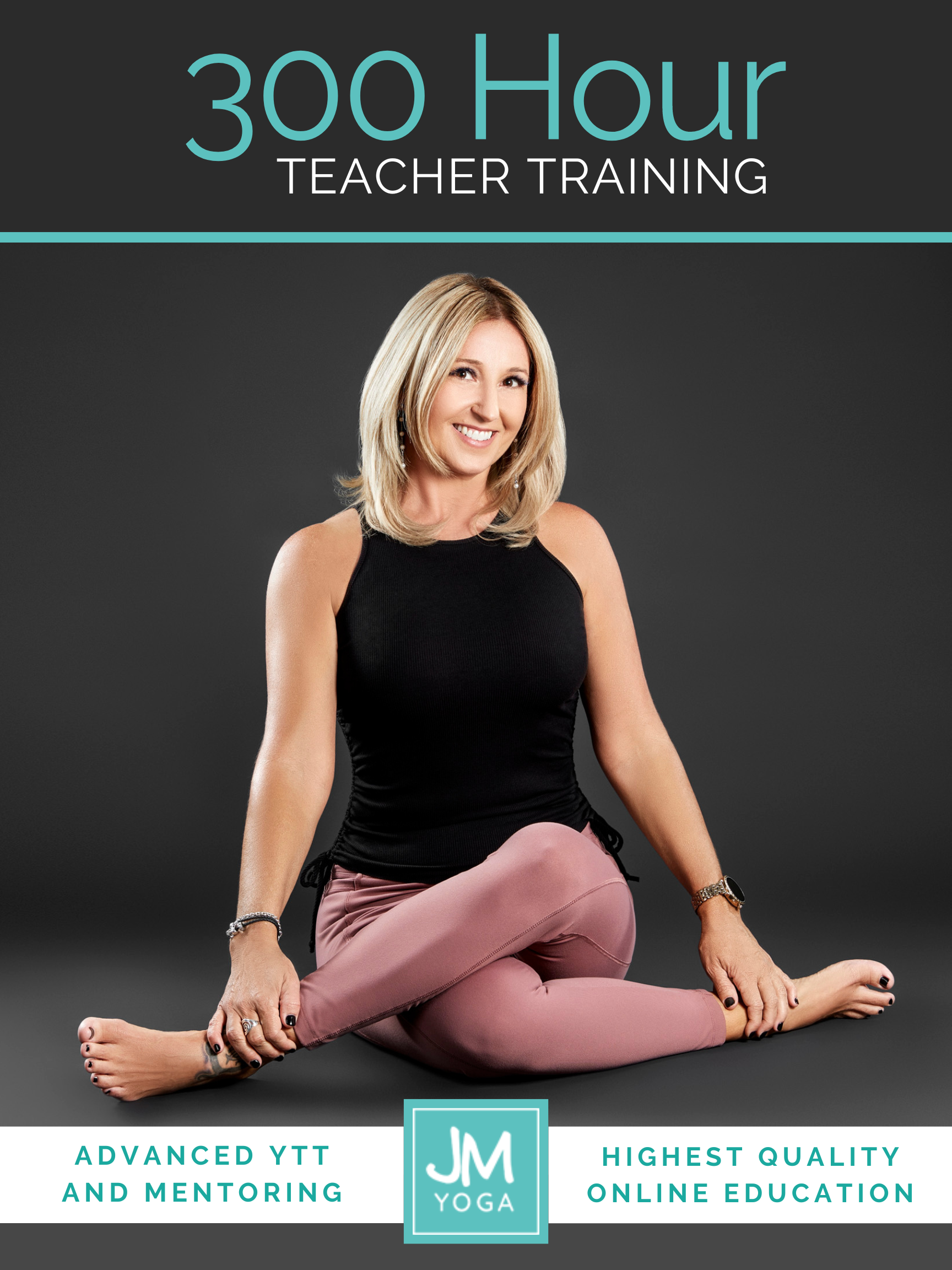Reliability and Validity of Pain Surveys: Understanding the Meta Science of PROMs
In this episode of Yoga Research and Beyond my co-host Ariana Raven discuss the reliability and validity of a type of pain survey referred to as a PROM (patient-reported outcome measure). PROMs are important tools clinicians use to develop treatment plans, and they’re gaining traction in the fields of pain science and movement education. The episode focused on a 2023 study from the Journal of Pain Research, titled Development and Validation of Short Forms of the Pain Catastrophizing Scale (F-PCS-5) and Tampa Scale for Kinesiophobia (F-TSK-6) in Musculoskeletal Chronic Pain Patients, which explored two key PROMs (PCS and TSK).
Clinicians commonly use these scales to assess and manage patients with chronic musculoskeletal pain. As yoga teachers and movement professionals, understanding these tools can improve how we approach and address our students’ pain. Ariana and I break down the study’s key findings and we get into why PROMs matter for movement professionals.
The Importance of PROMs for Clinicians and Teachers
Ariana and I discuss how PROMs like the PCS and TSK are used in clinical settings to measure patients’ mental and emotional responses to pain. In our conversation, we emphasized the importance of understanding that these measures aren’t arbitrary; they’re rigorously studied and validated. For instance, the Pain Catastrophizing Scale measures the extent to which someone ruminates on their pain, magnifies it, or feels helpless in response to it. The Tampa Scale for Kinesiophobia gauges the fear of movement, which can be a major barrier to recovery.
While clinicians widely use these tools, they can also offer yoga teachers valuable insights into their students’ psychological and emotional states. For example, a student who fears certain movements may not be held back purely by physical limitations; there may be a psychological component at play. Understanding the research behind these measures can help movement professionals take a more nuanced approach to supporting their students.
Shortening the PROMs for Practical Use
One of the study’s goals was to shorten the lengthy PCS and TSK questionnaires to make them easier for patients to complete. Originally, the PCS had 13 questions, and the TSK had 17. However, the authors successfully condensed them to just five and six questions, respectively, without losing reliability or validity. Ariana and I both appreciate this shift toward making the tools more user-friendly. As anyone who has dealt with pain knows, completing long forms can feel overwhelming, especially when the pain is chronic. Shorter surveys are more accessible for patients and streamline the process for clinicians.
Reliability and Validity: Key Concepts in Pain Research
During the episode, we took time to explain the difference between reliability and validity, two essential concepts in scientific research. Reliability refers to the consistency of a test, whether it produces the same results under the same conditions. Validity, on the other hand, measures how accurately a tool assesses what it claims to measure.
To illustrate these concepts, I shared a lighthearted story from my bartending days. Consistently every month, we would take inventory of each bottle of alcohol for our profit and loss statements. Turns out, it’s a fun and simple example of reliability! However, measuring something as subjective and personal as pain is far more complex. A well-designed PROM can help bring consistency to that subjective experience. A reliable tool for clinicians and movement professionals alike is the goal.
Ariana noted that the study also involved collaboration with experts such as rheumatologists and physiotherapists to ensure the validity of the shortened tools. One limitation we discussed was that the study sample was predominantly male and focused on musculoskeletal pain, which might limit its applicability to other populations, such as women or those experiencing different types of pain.
How This Applies to Yoga and Movement Professionals
Even if we never directly use PROMs in our classes or sessions, the insights they provide can deeply inform our work. The PCS, for example, measures how much a person catastrophizes their pain. For example, whether they feel helpless or exaggerate the impact of their pain. The TSK, meanwhile, measures fear of movement, or kinesiophobia. These emotional and psychological factors can influence how our students experience pain and approach movement.
Ariana and I both agreed that understanding these aspects of pain can make us more compassionate and effective teachers. Rather than assuming a student’s pain is solely physical, recognizing that there may be psychological contributors allows us to offer more tailored support. For example, knowing that a student fears movement can inform how we guide them through certain poses, offering modifications or reassurance to help them regain confidence.
Final Thoughts
Pain is complex, and it often involves more than just the physical body. By considering the biopsychosocial model of pain, which integrates biological, psychological, and social factors, we can become more knowledgeable and empathetic teachers. Whether or not we ever hand out a PROM, understanding the science behind these tools can give us a better understanding of what our students may be going through.
Be sure to check out the full study if you’re interested in diving deeper, and listen to the podcast episode below for a more detailed conversation between Ariana and me.
Extend Your Learning: Advanced Yoga Teacher Training with Jules Mitchell
This program is ideal if you have an interest in biomechanics, principles of exercise science, applications of pain science, neurophysiology, and stretching. These themes are combined with somatics, motor control theory, pose analysis and purpose, use of props for specific adaptations, pathology, restorative yoga, and intentional sequencing.
You will learn to read original research papers and analyze them for both their strengths and their biases. Critical thinking and intellectual discourse are central components in this training, which was designed to help teachers like you navigate through contradictory perspectives and empower you with education. Learn more >

